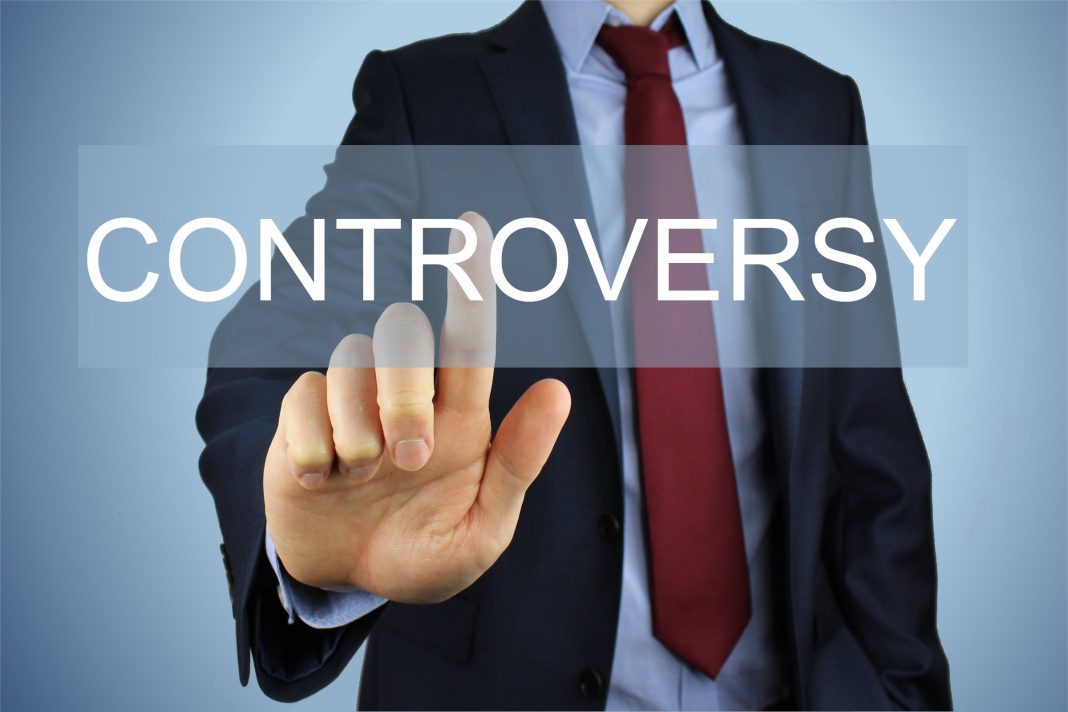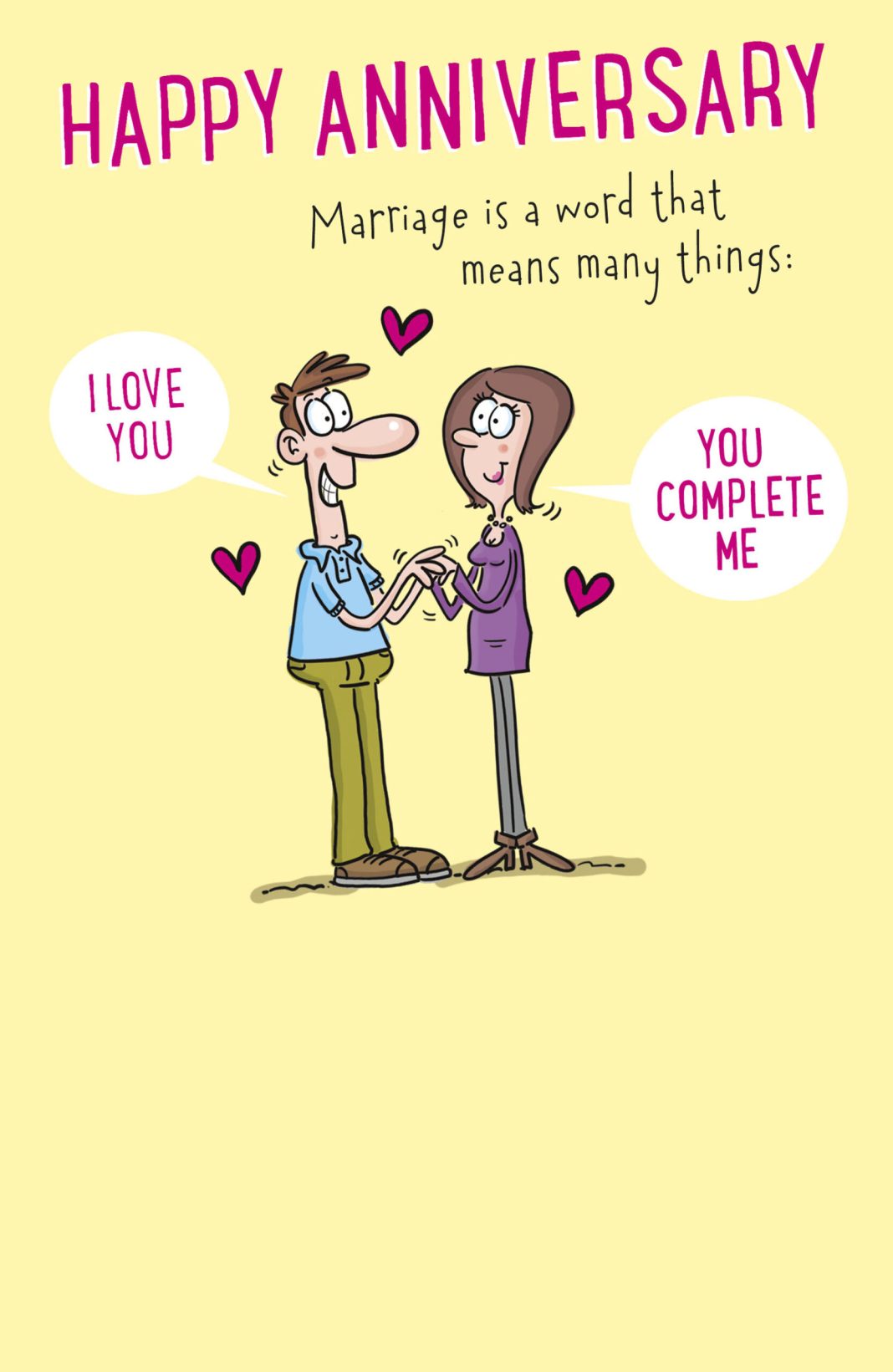 The US presidential election may be the focus of attention, but when it comes to the market, the real mover seems to be the change in interest rates. Central banks around the world are either cutting rates or planning to do so in the near future. At first glance, this might seem like a positive development for both the market and the economy. However, a series of countercyclical interest rate cuts, whether pre-emptive or under pressure, can actually signal that something is wrong.
The US presidential election may be the focus of attention, but when it comes to the market, the real mover seems to be the change in interest rates. Central banks around the world are either cutting rates or planning to do so in the near future. At first glance, this might seem like a positive development for both the market and the economy. However, a series of countercyclical interest rate cuts, whether pre-emptive or under pressure, can actually signal that something is wrong.
Traditionally, when the Federal Reserve begins a cycle of rate cuts, it’s a signal to sell. This has held true over the past three decades. There is a subtle bilateral causality between the economy and interest rates. When rates are cut, it stimulates the economy through intertemporal channels. Essentially, a rate cut means that it’s cheaper to spend money now, but more expensive in the future. This encourages economic activity to be brought forward from the future to the present. However, this substitution effect can be mild and slow, taking a year or two for the impact of the rate change to be fully transmitted to the economy.
On the other hand, countercyclical policy ideology dictates that central banks should cut rates when there are signs of an economic downturn. However, economic downturns are not always linear. Signs of a weakening economy can be unclear until there is a sudden collapse. Currently, there are clear signs of weakening, such as rising unemployment and falling inflation. What remains uncertain is the severity of the downturn.
To evaluate which side of the causality is stronger, we can examine the relationship between the economy and interest rates. Looking at historical data, we can see that in most cases, there is a positive correlation between the two. This suggests that changes in real GDP growth are the cause, while interest rate changes are the consequence. However, there are periods where the correlation is low, indicating a possible bilateral causality.
Recently, there has been a clear negative correlation between the two, suggesting that interest rate changes are impacting the overall economy. This is not a positive signal, as it implies that the longer and higher interest rates are, the lower economic growth will be. However, the causal flow from interest rates to the economy is usually short-term, as history has shown.
As the economic downturn becomes more evident, the Federal Reserve will be forced to respond with rate cuts. This won’t be a one-time event, but rather a cycle of rate cuts. The market may not have fully priced in this downturn yet, viewing it as a black swan event. However, as it materializes, it will become apparent to all.
In conclusion, while the US presidential election and trade policies grab headlines, it’s the change in interest rates that truly influences the market. Understanding the complex relationship between the economy and interest rates is crucial for investors. As central banks continue to adjust rates in response to economic conditions, it’s important to stay informed and prepared for potential market fluctuations.

